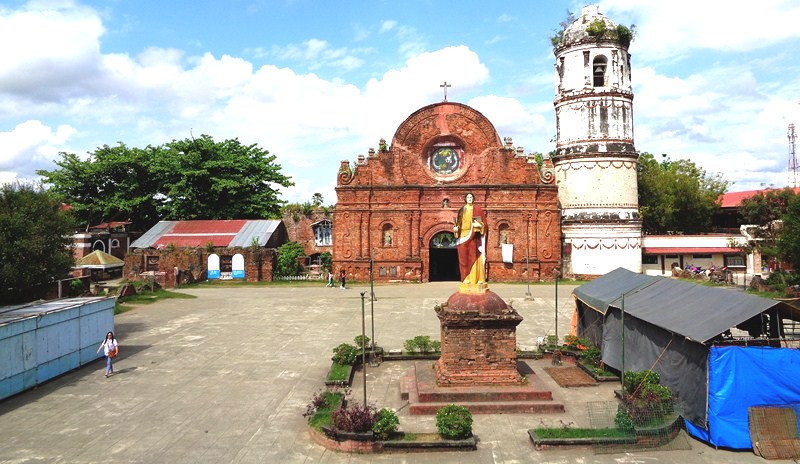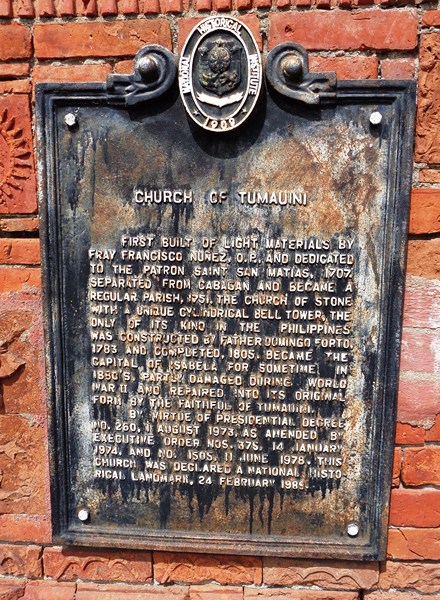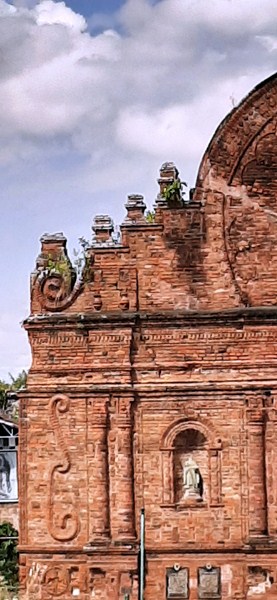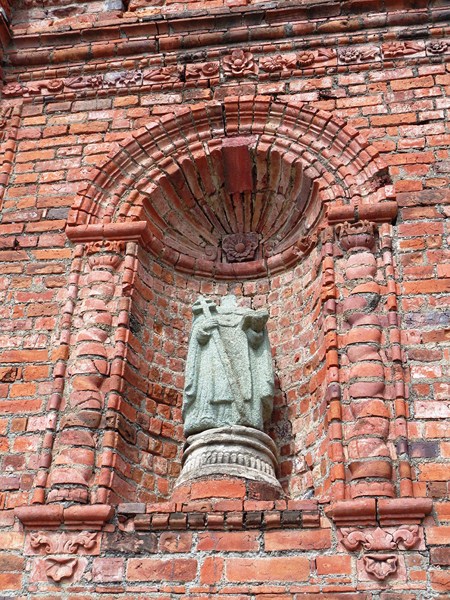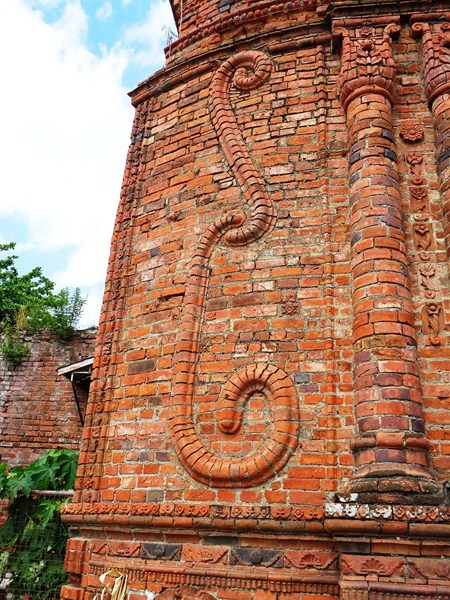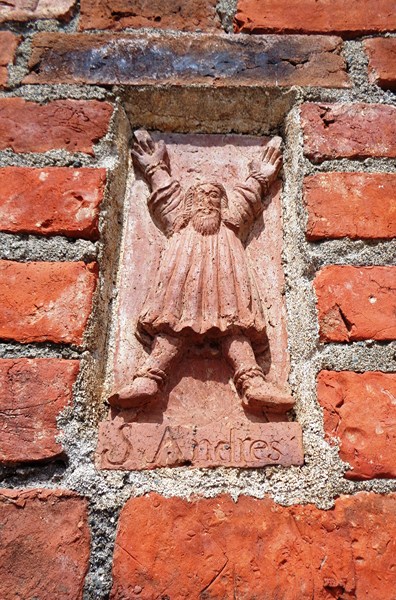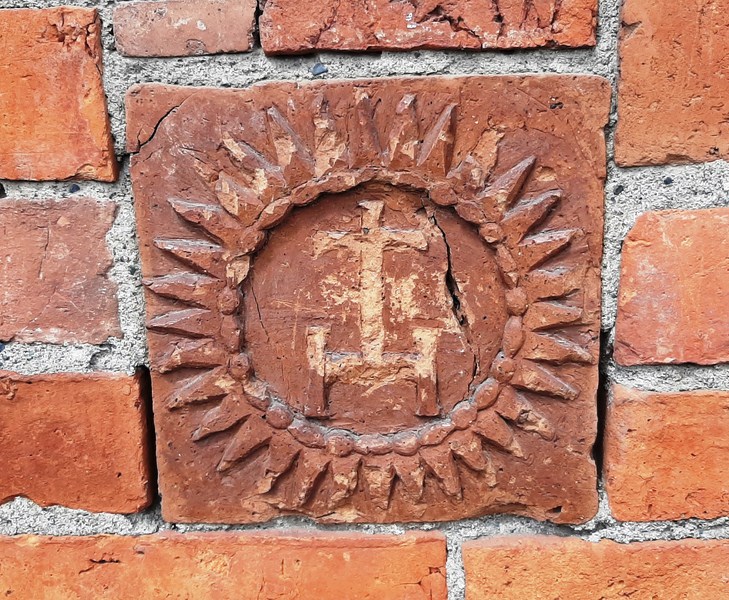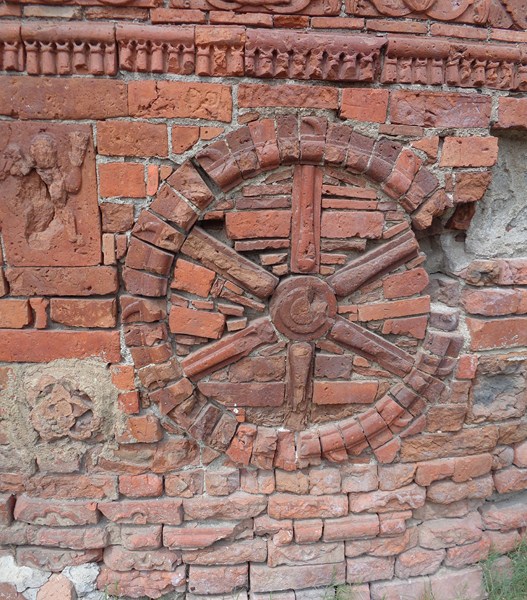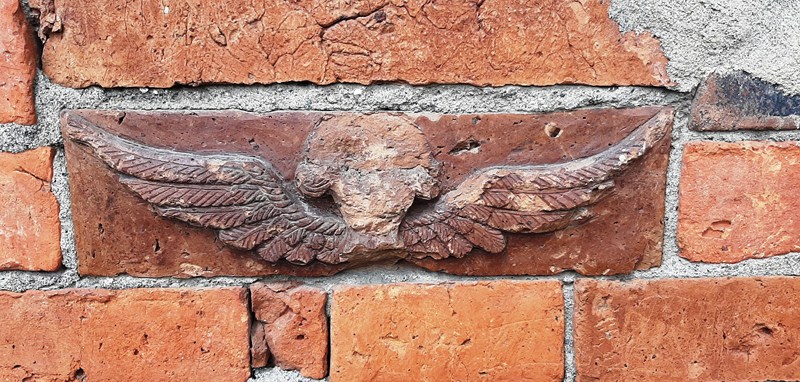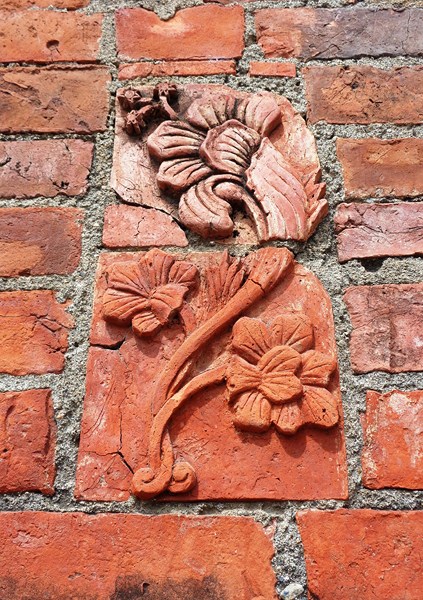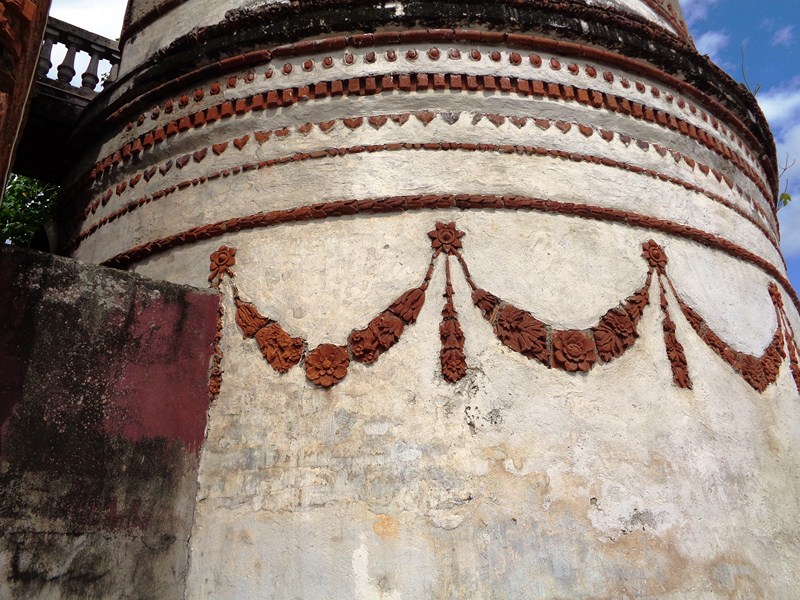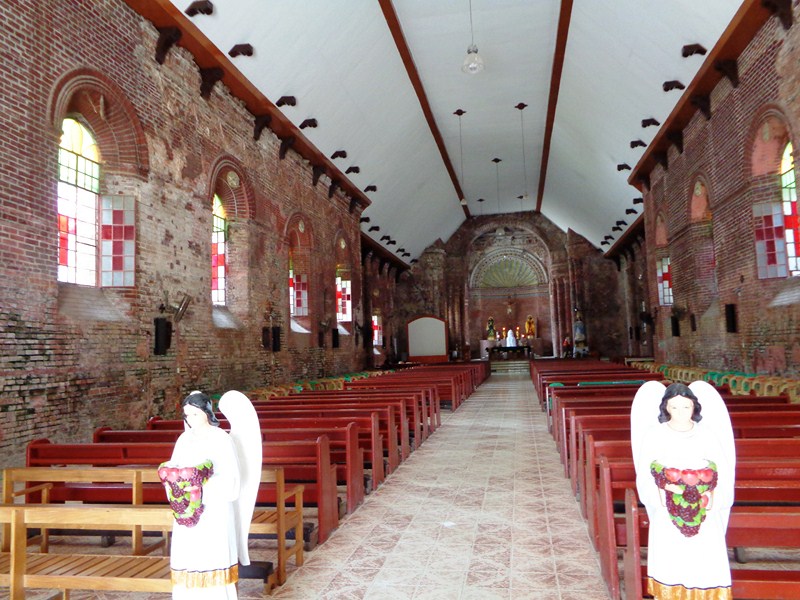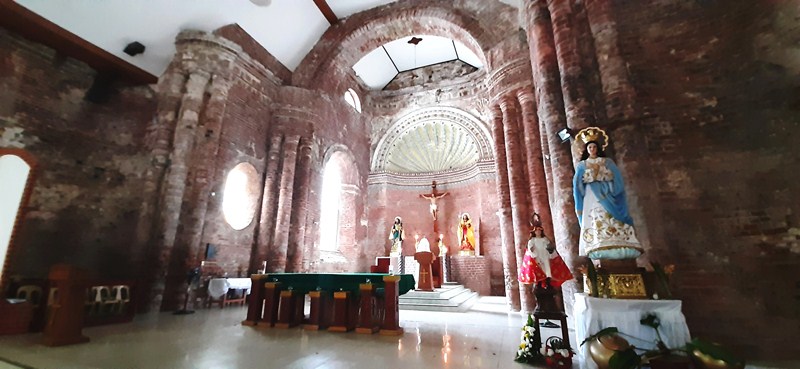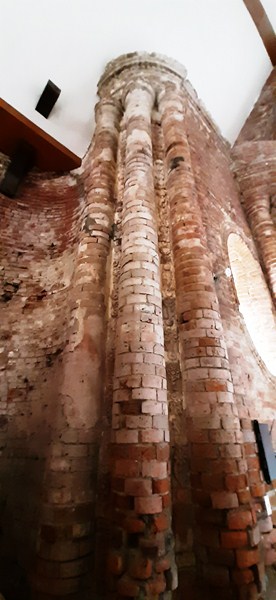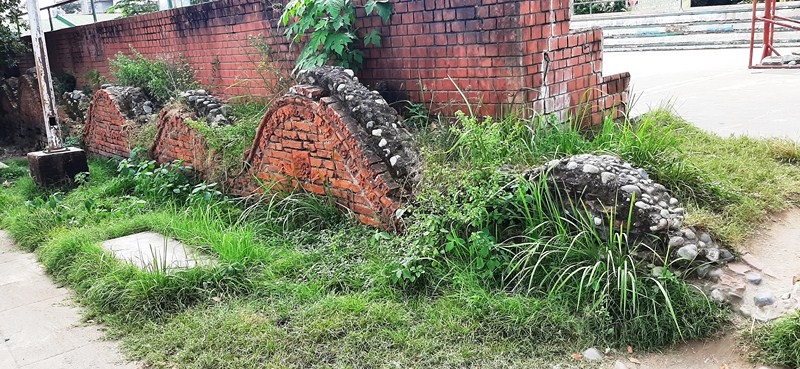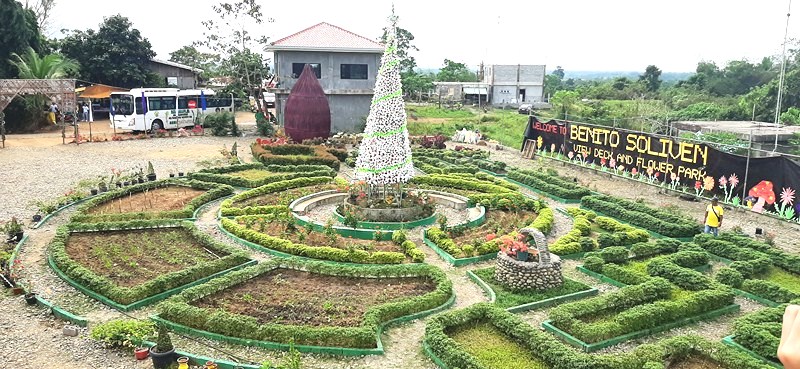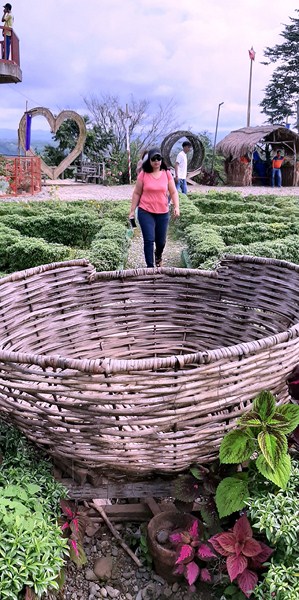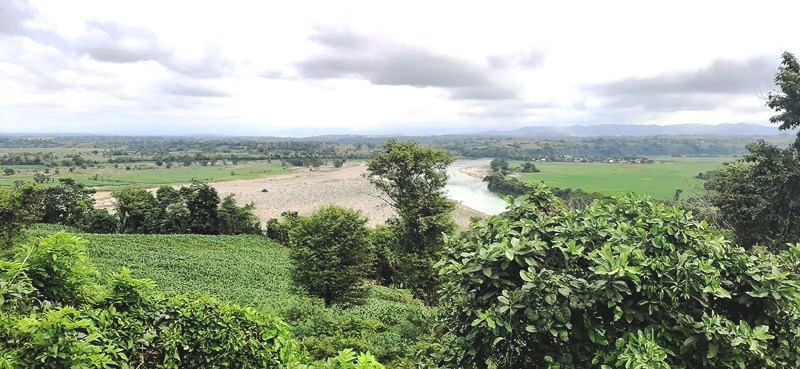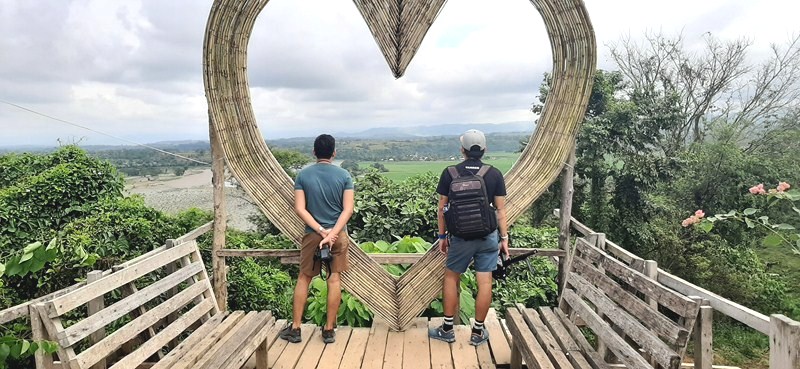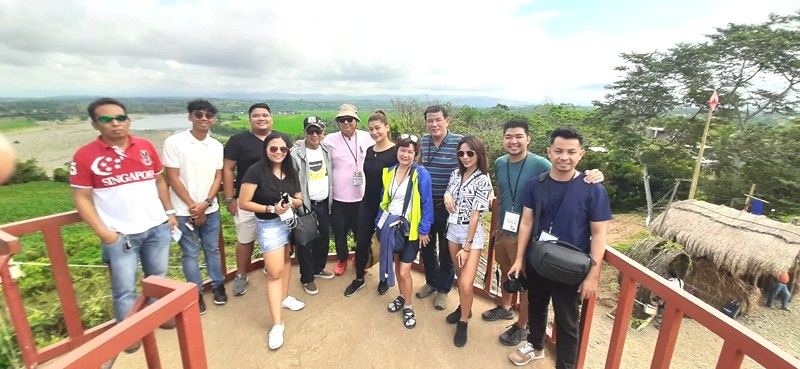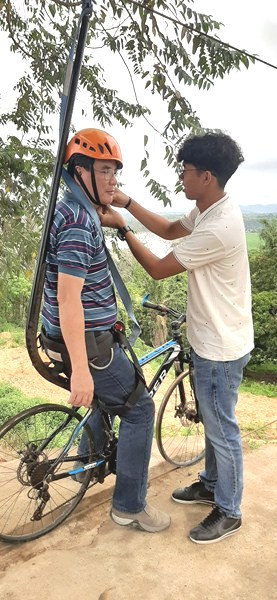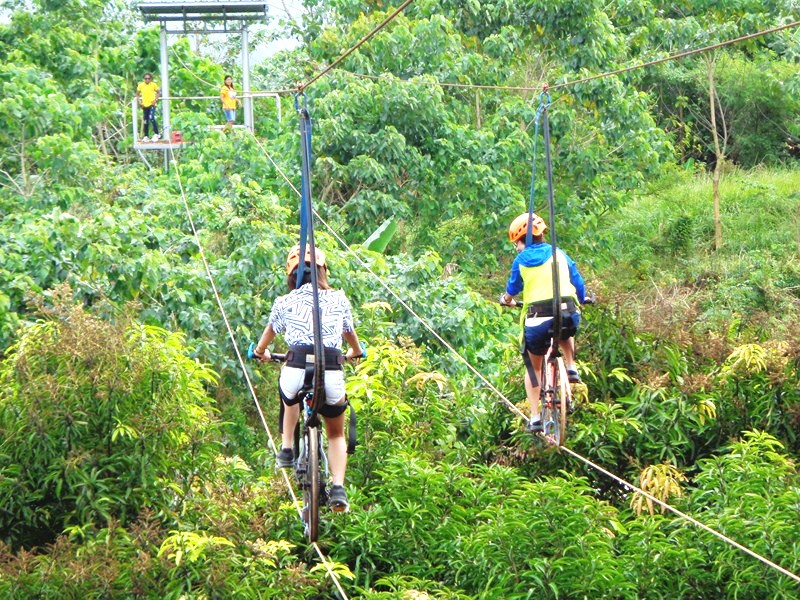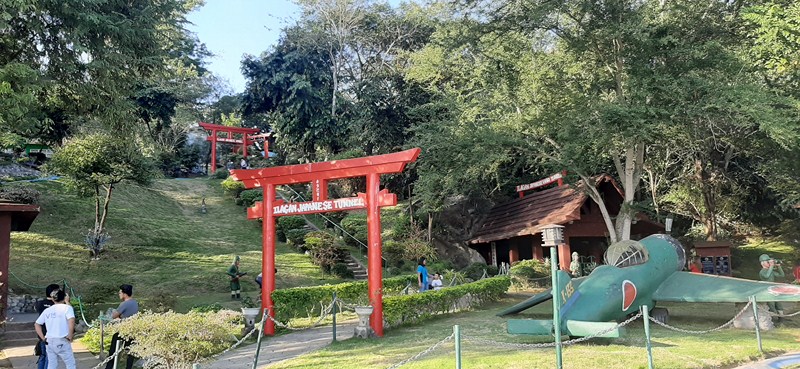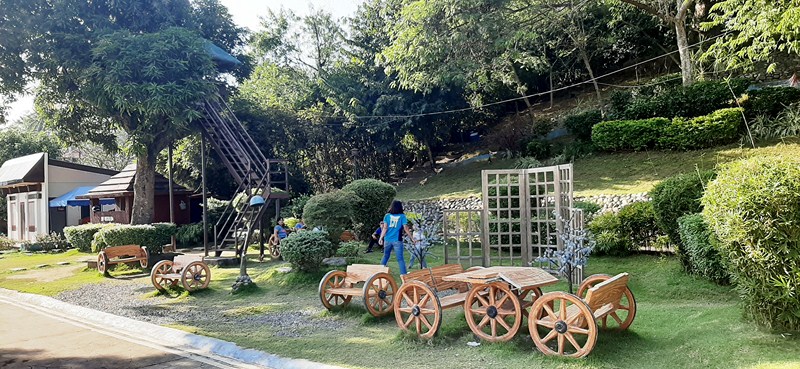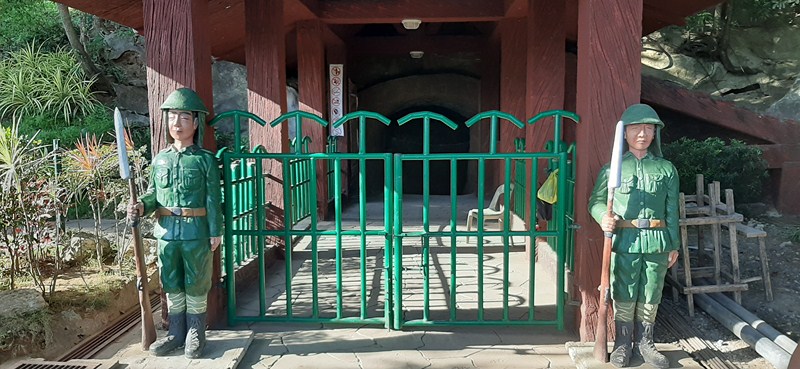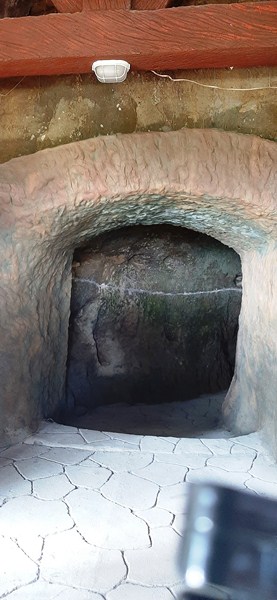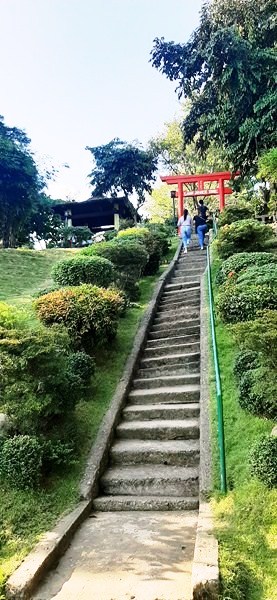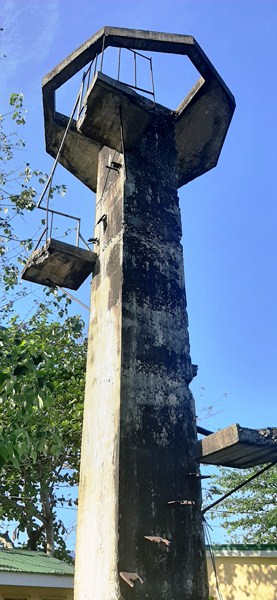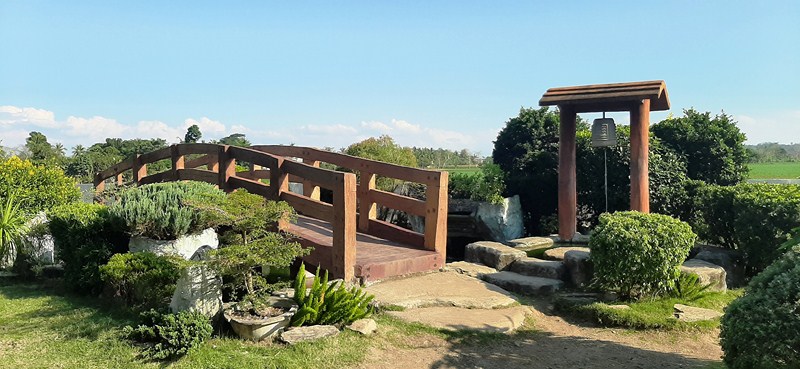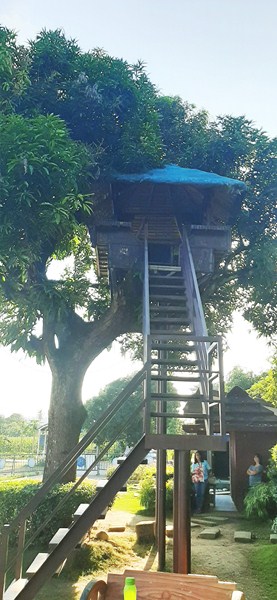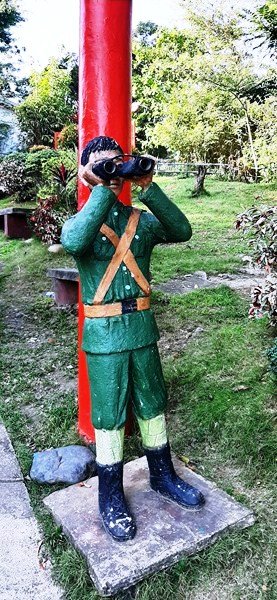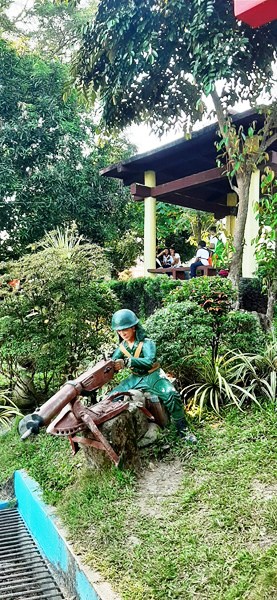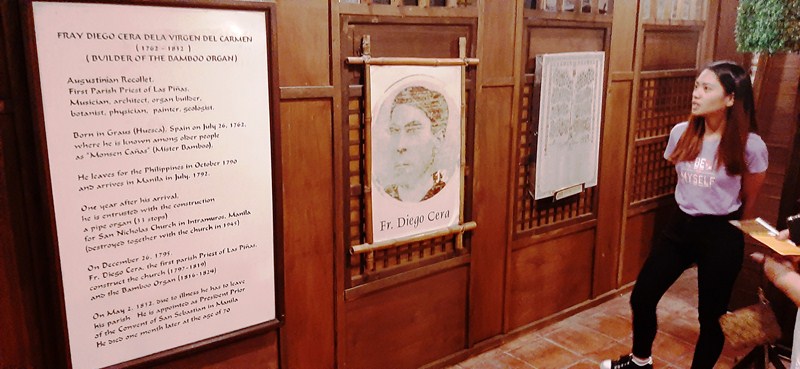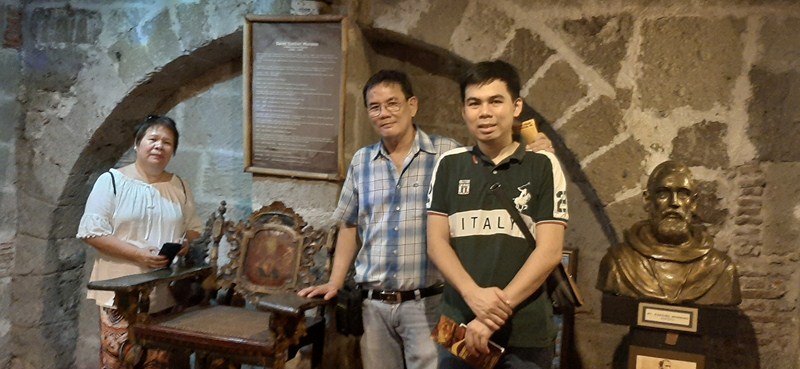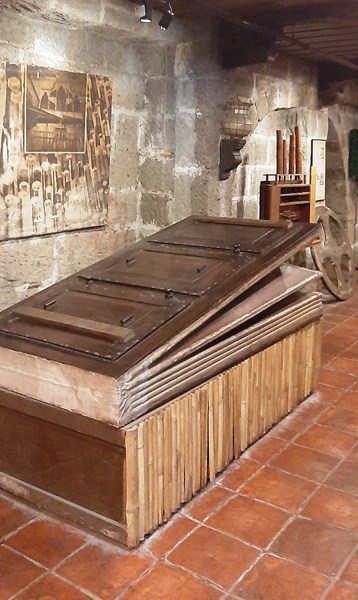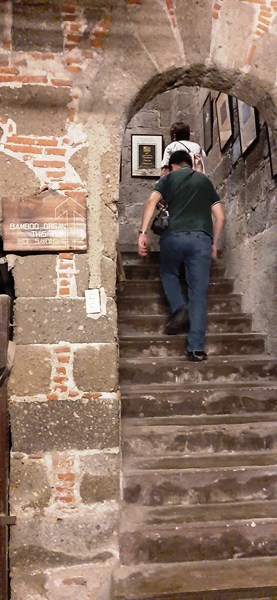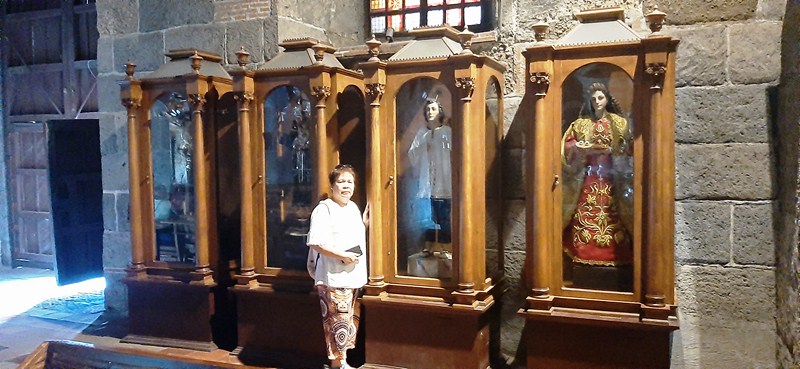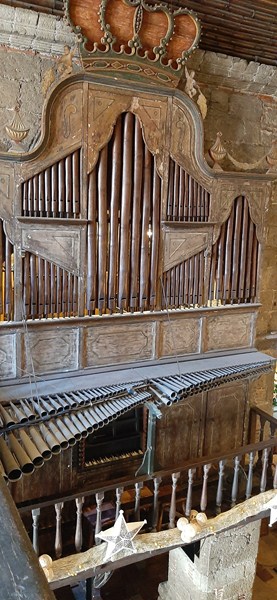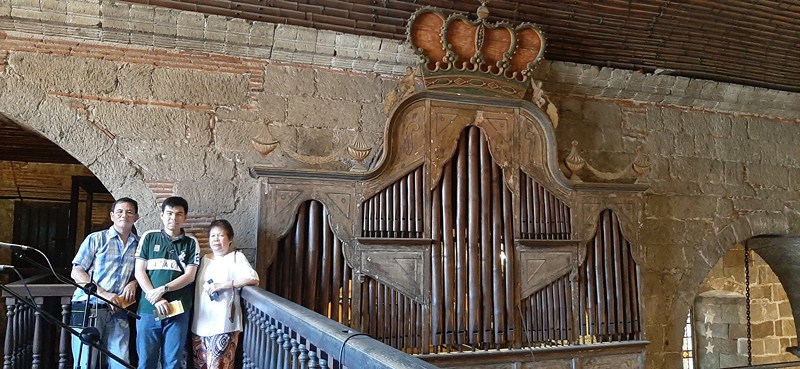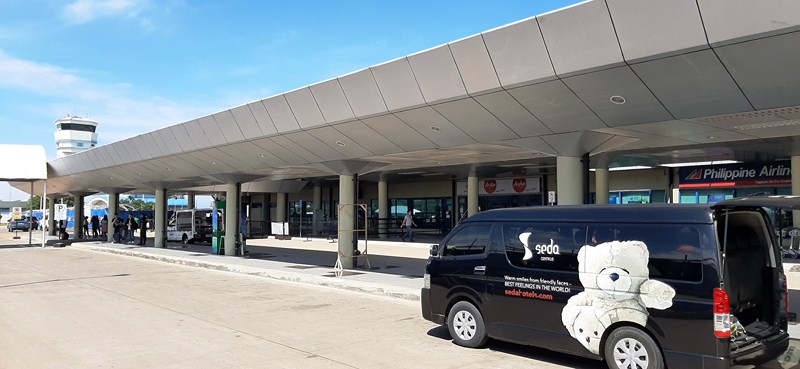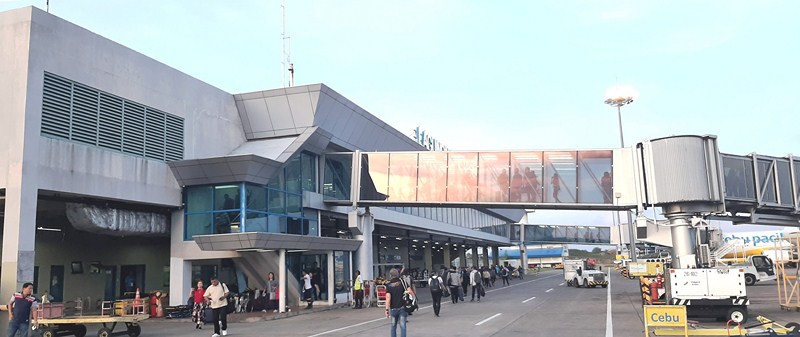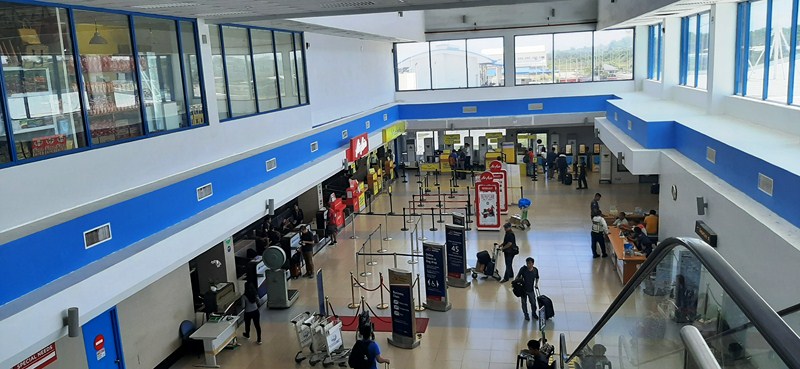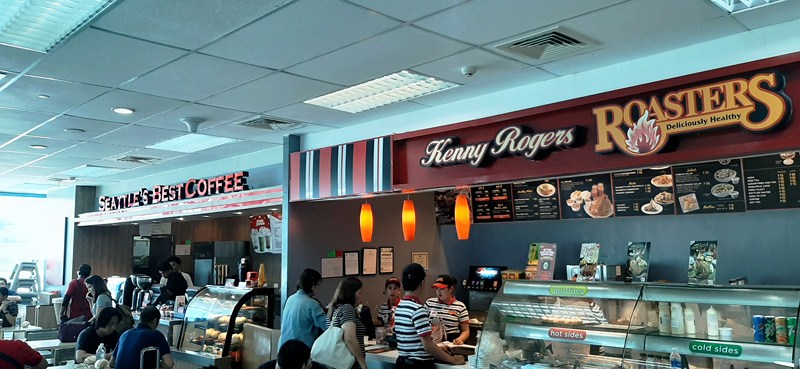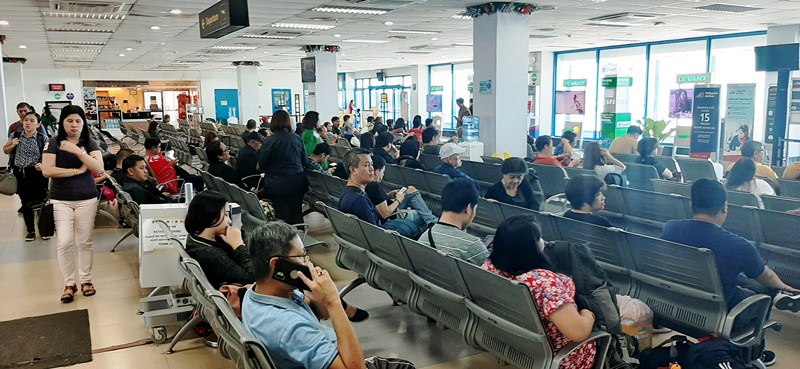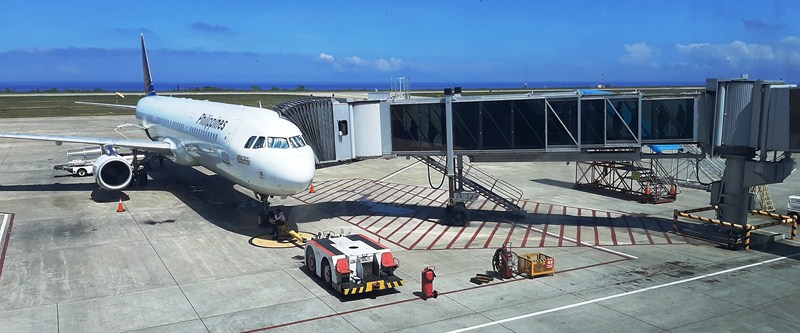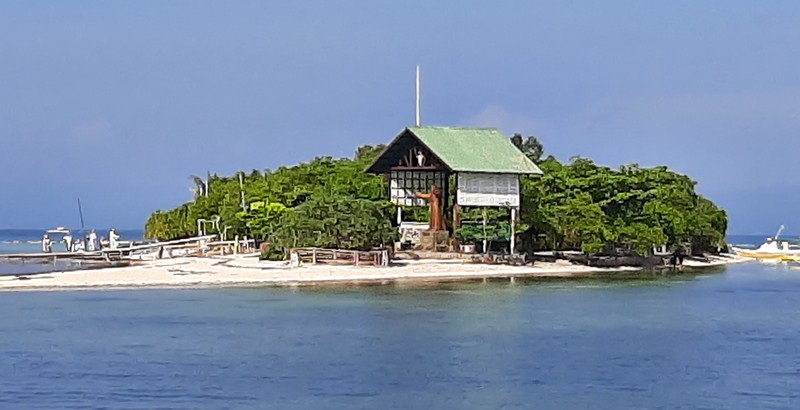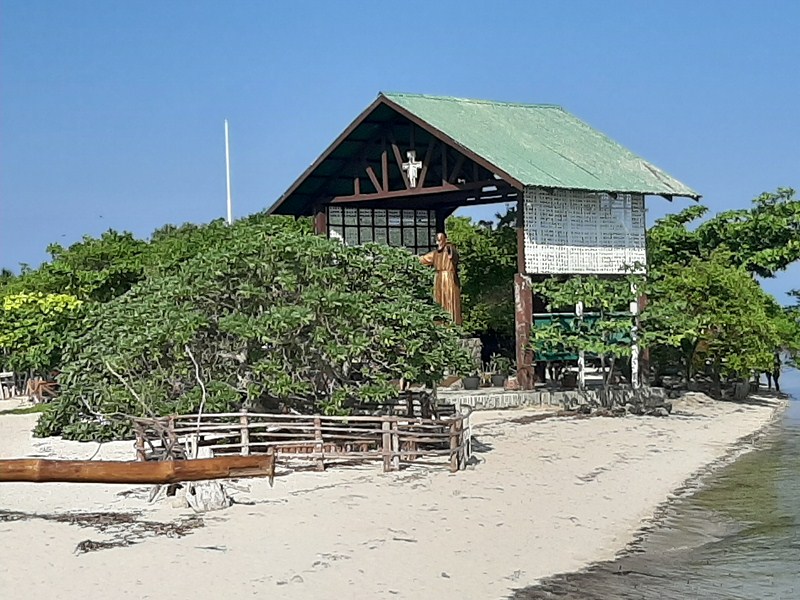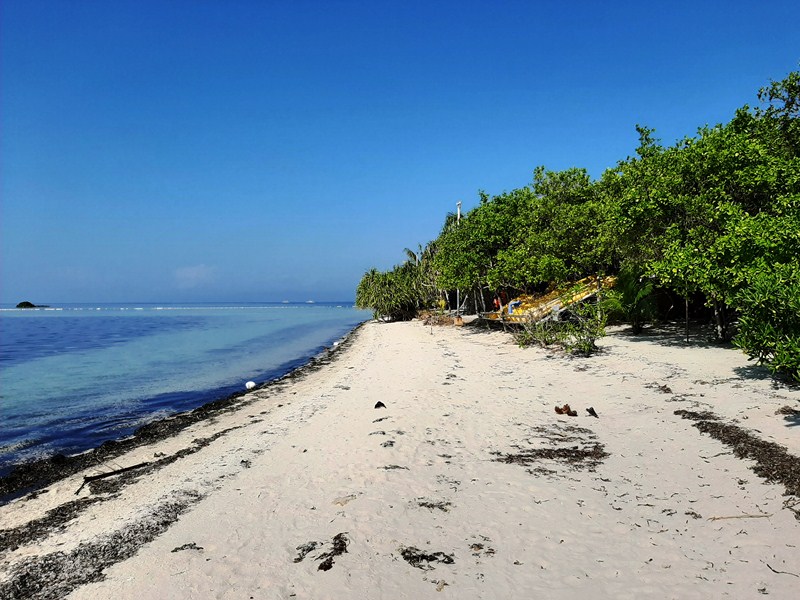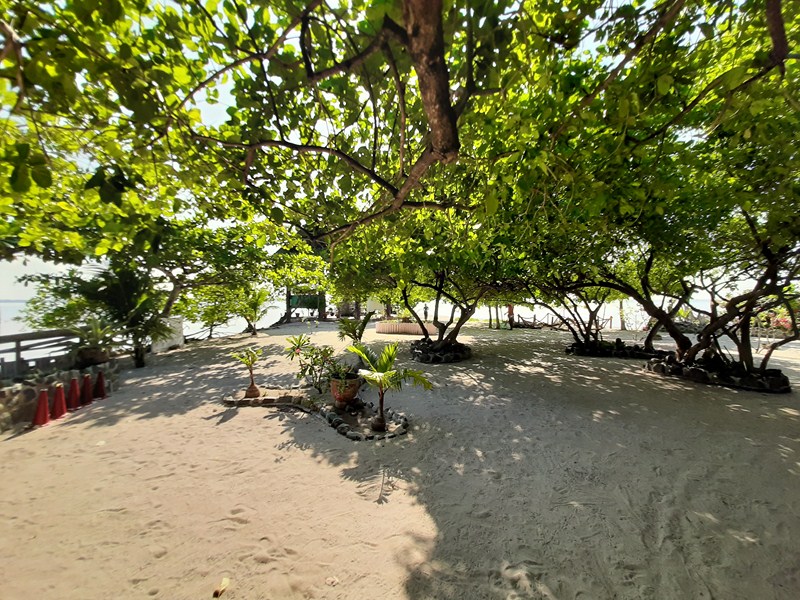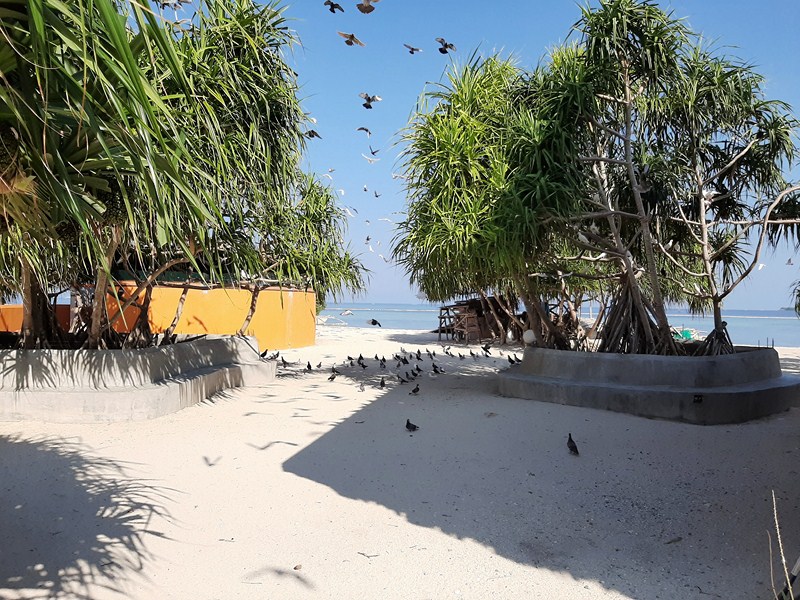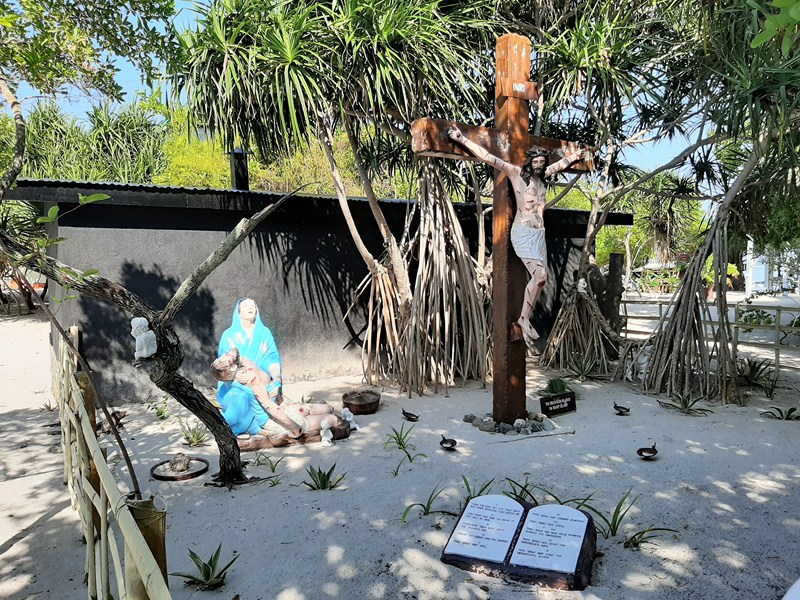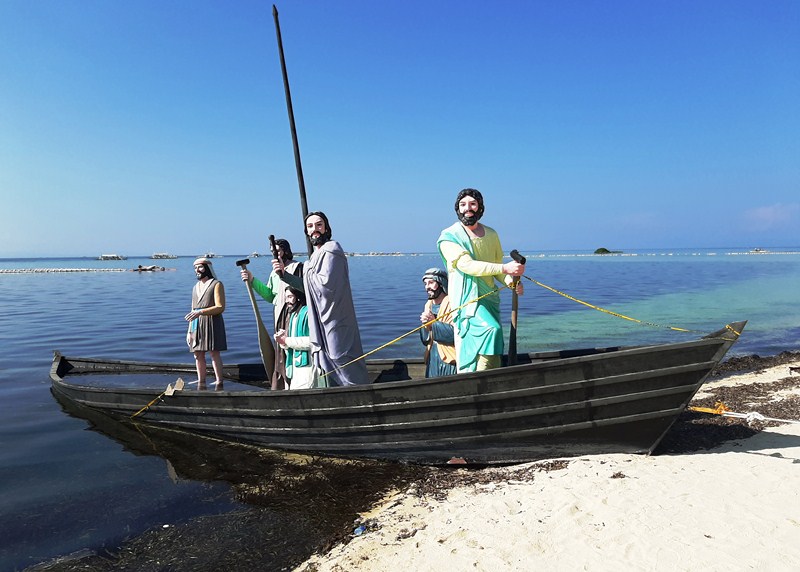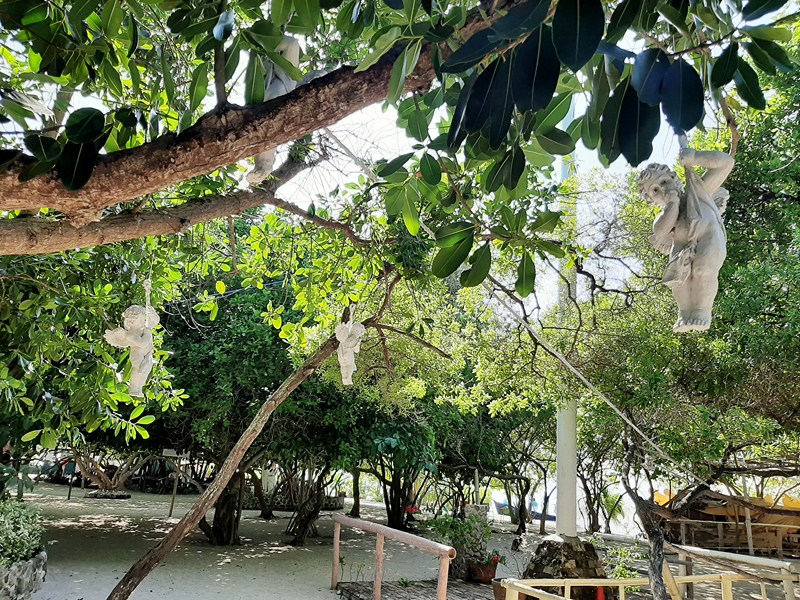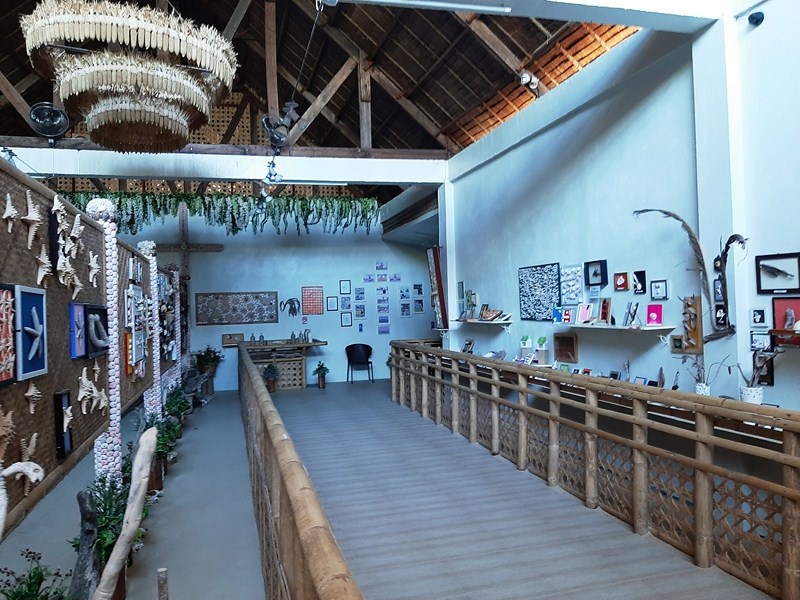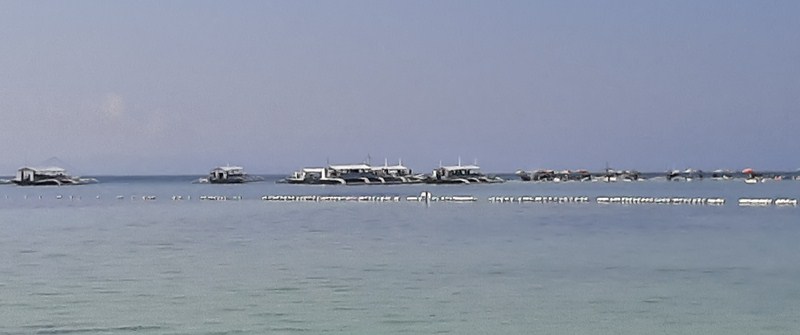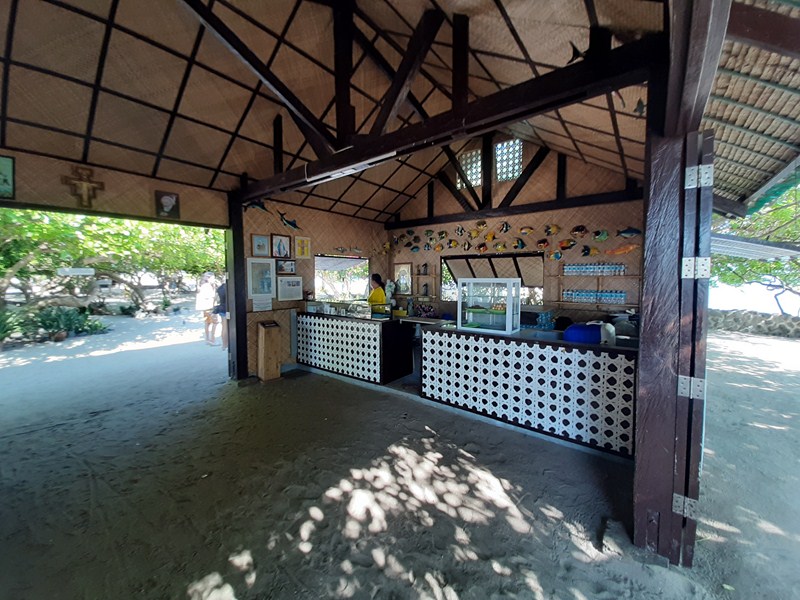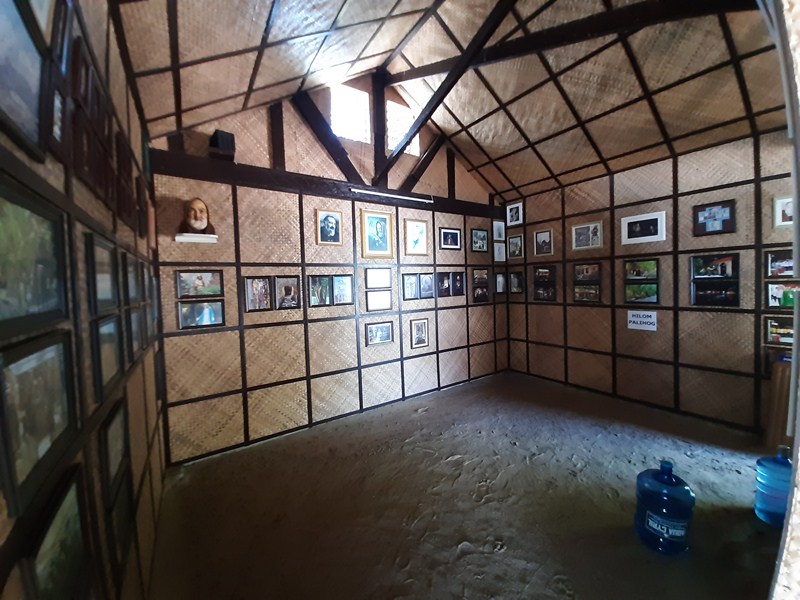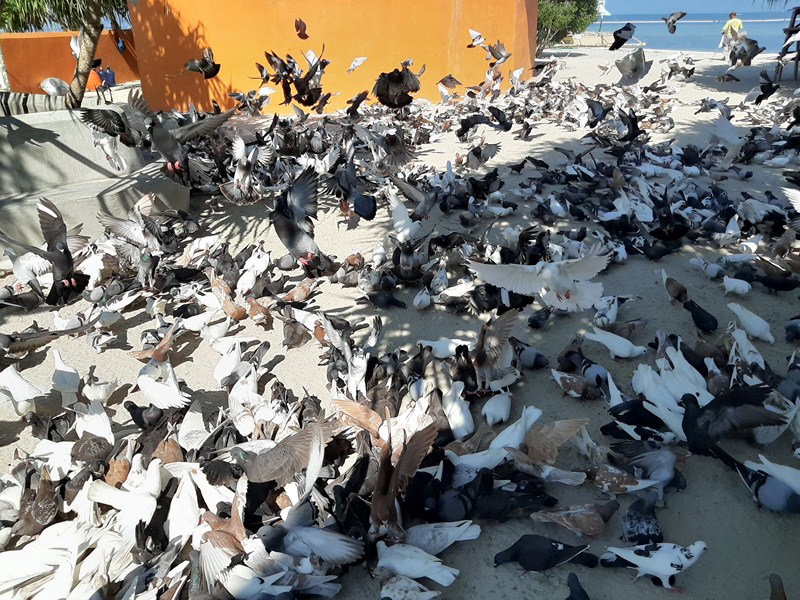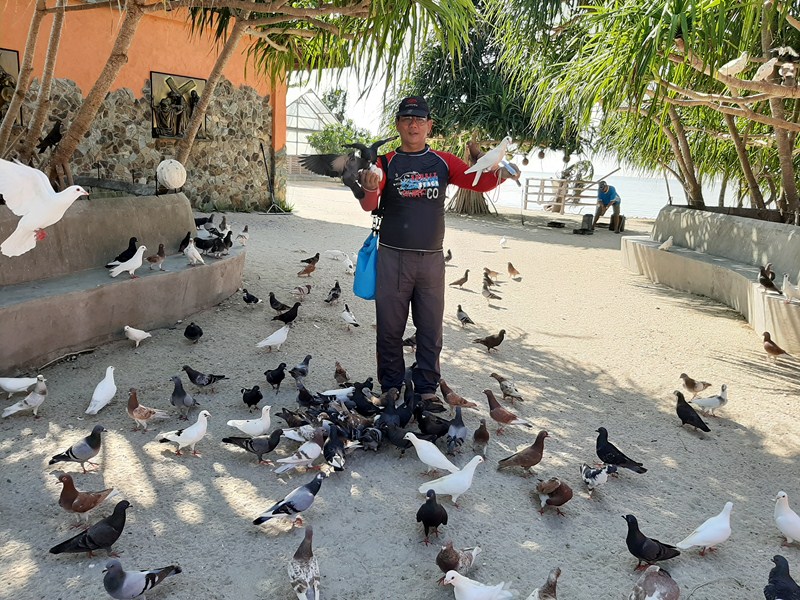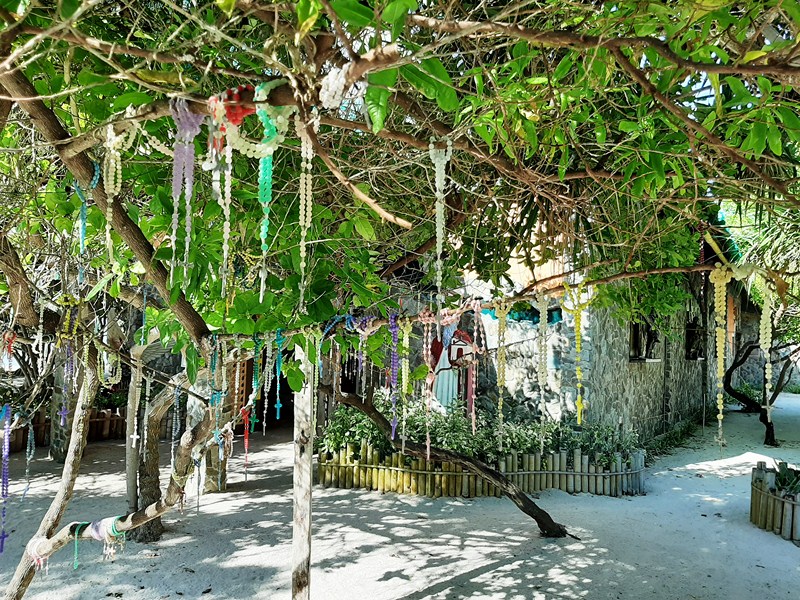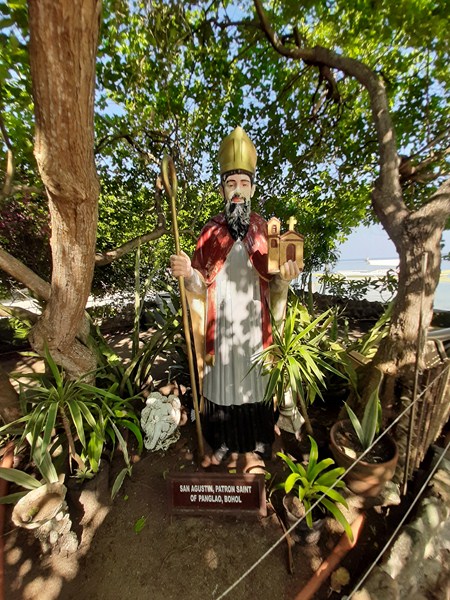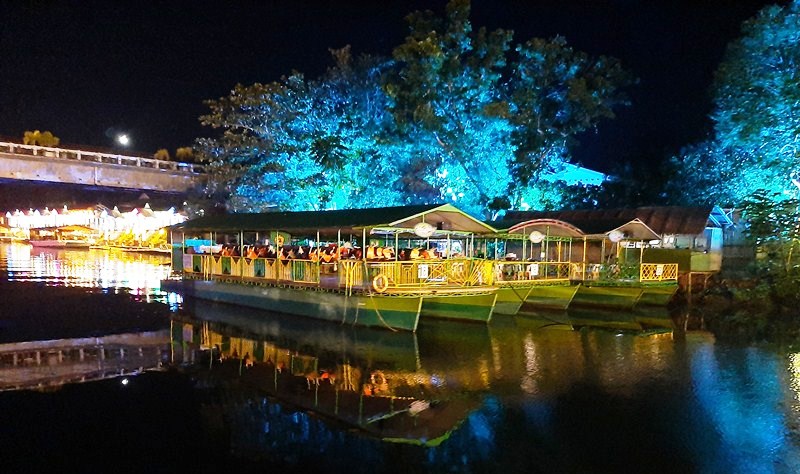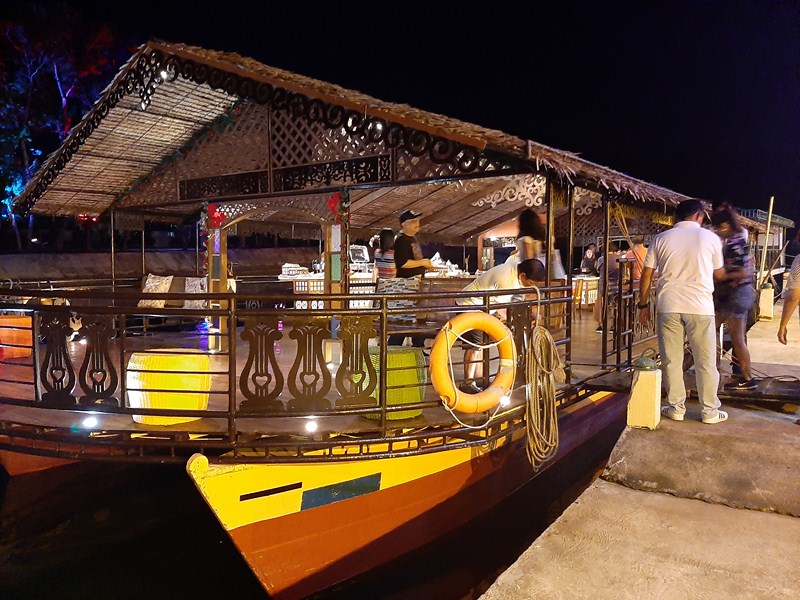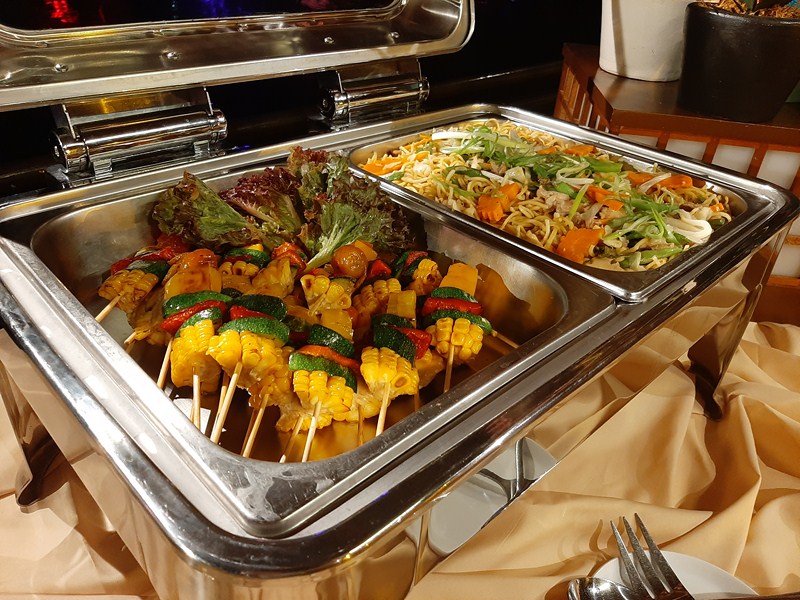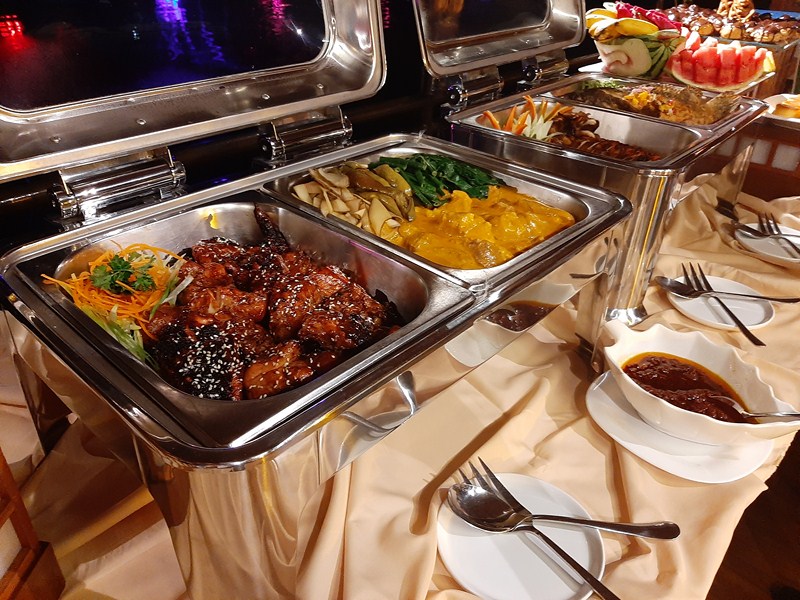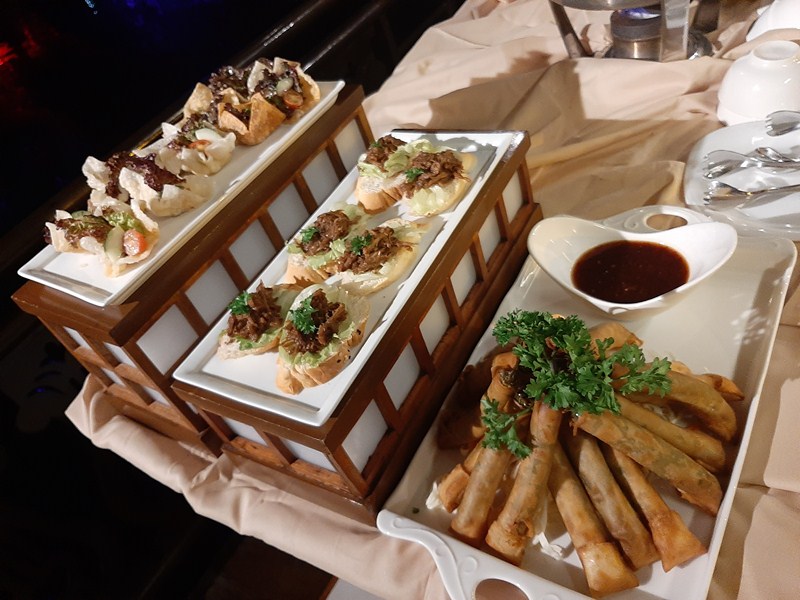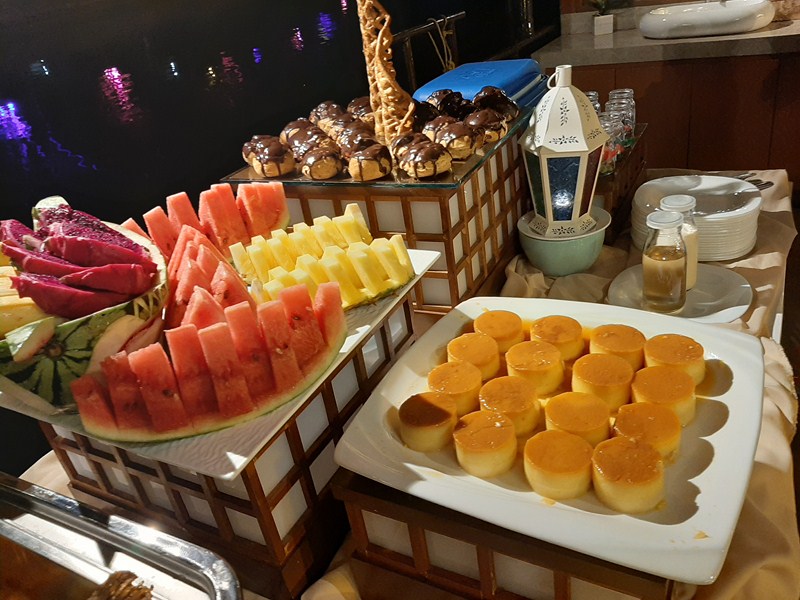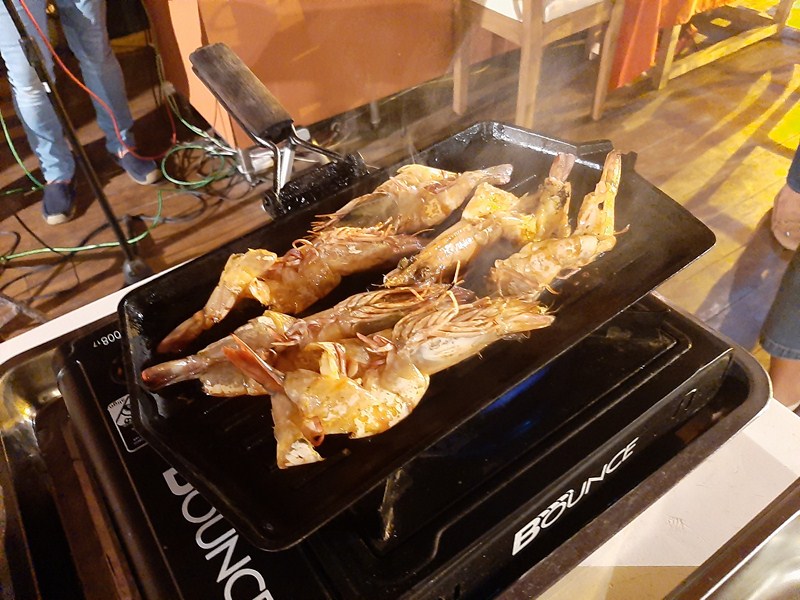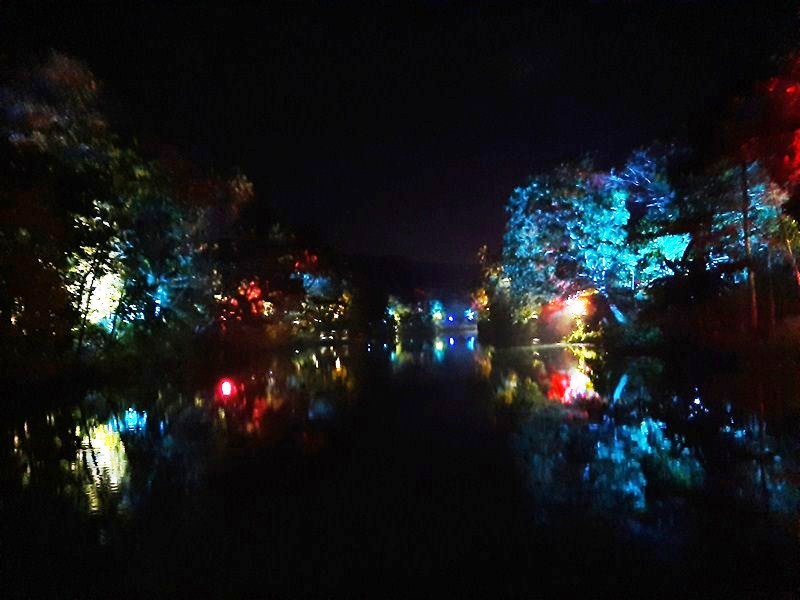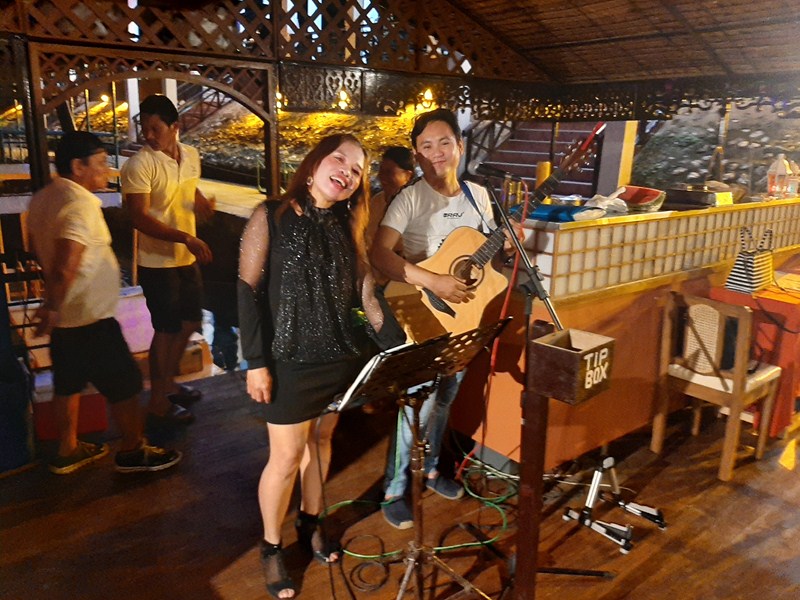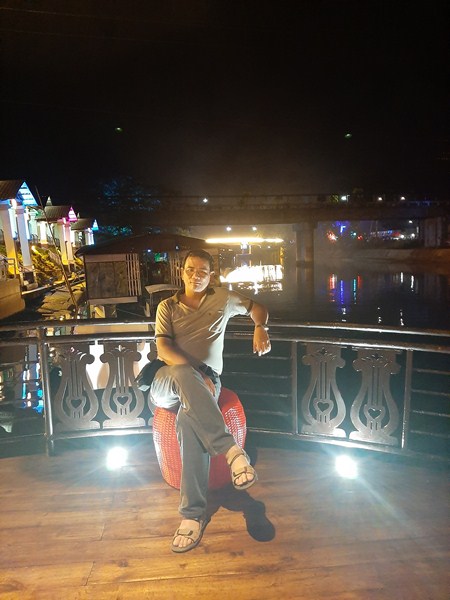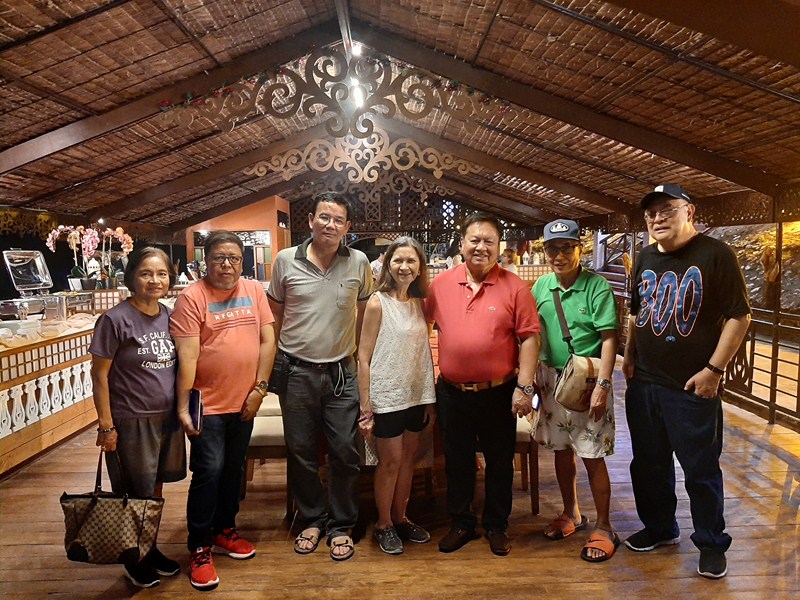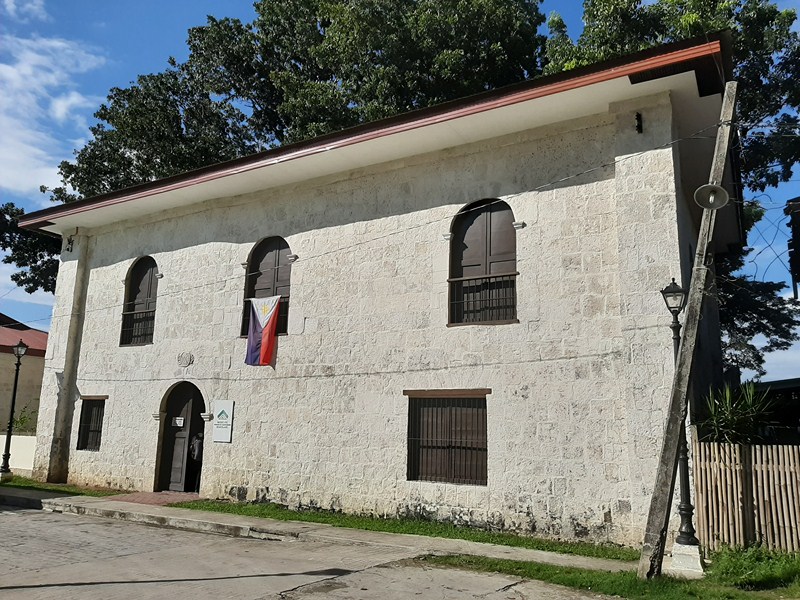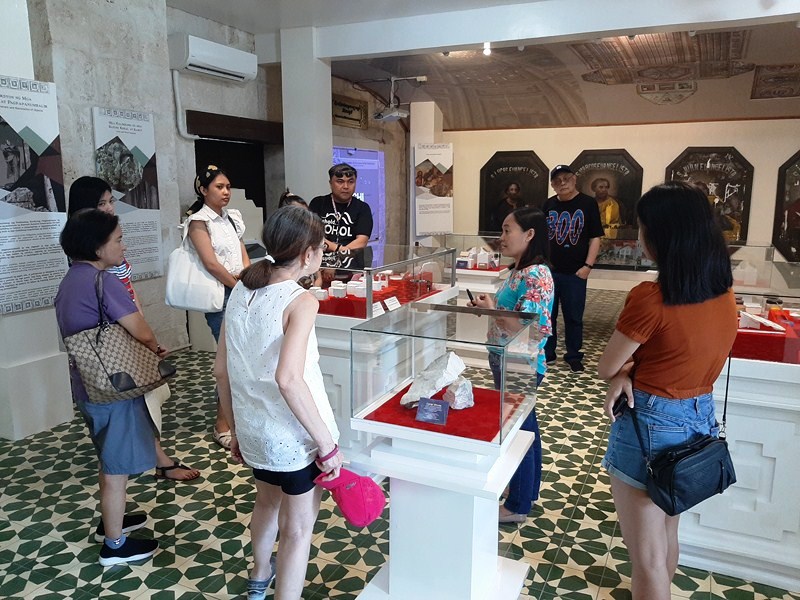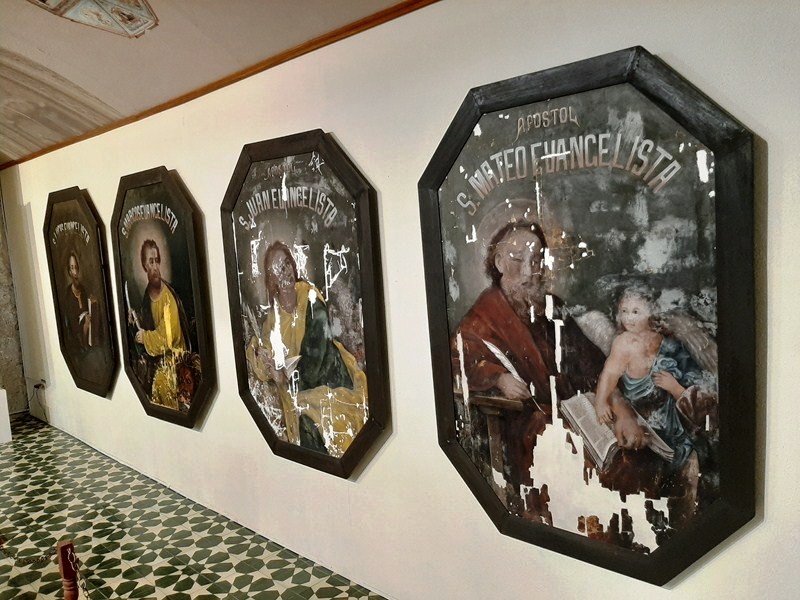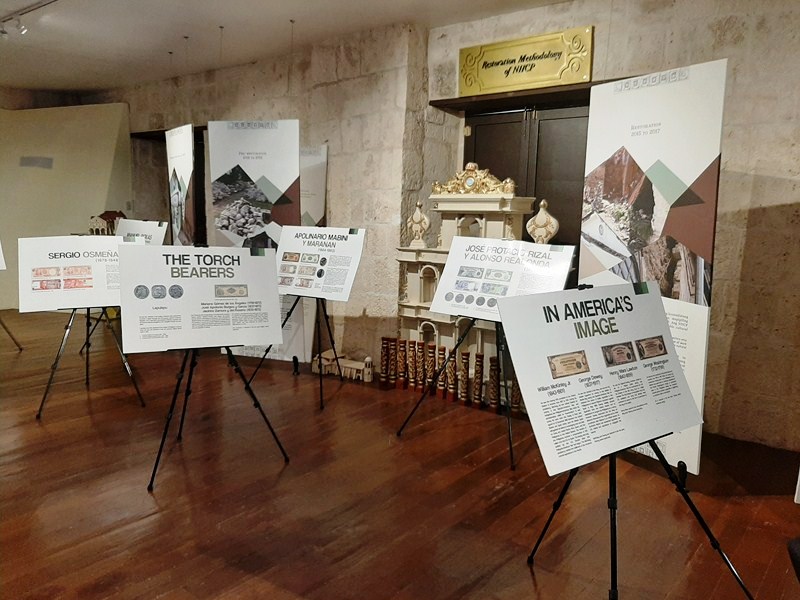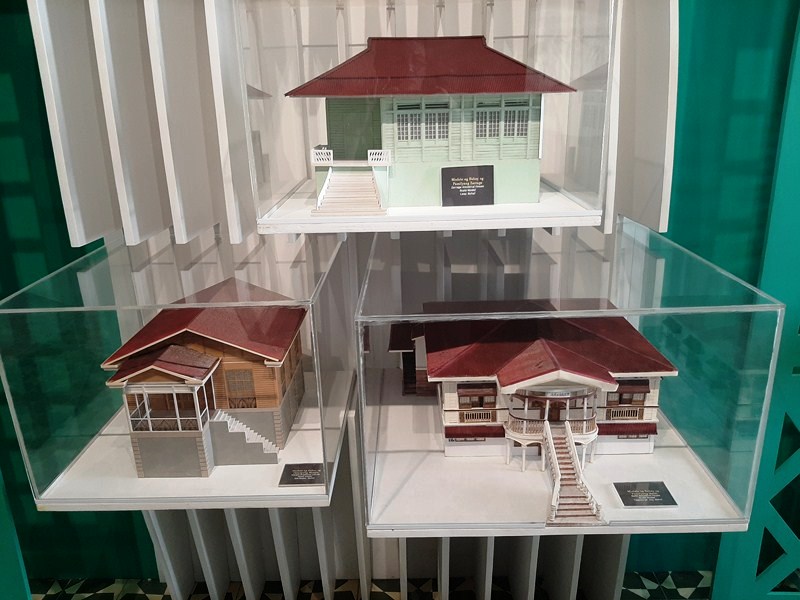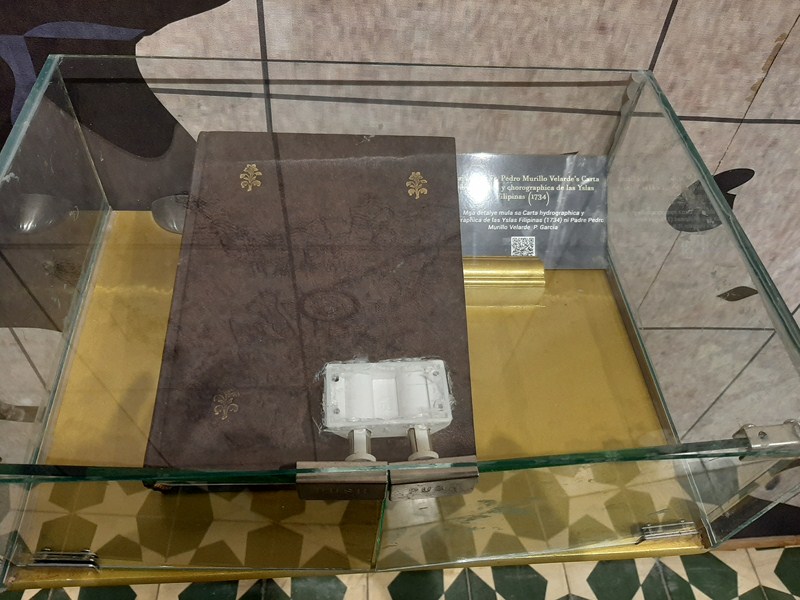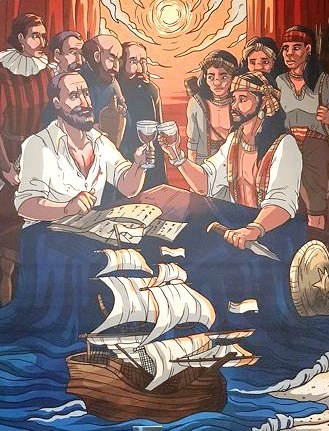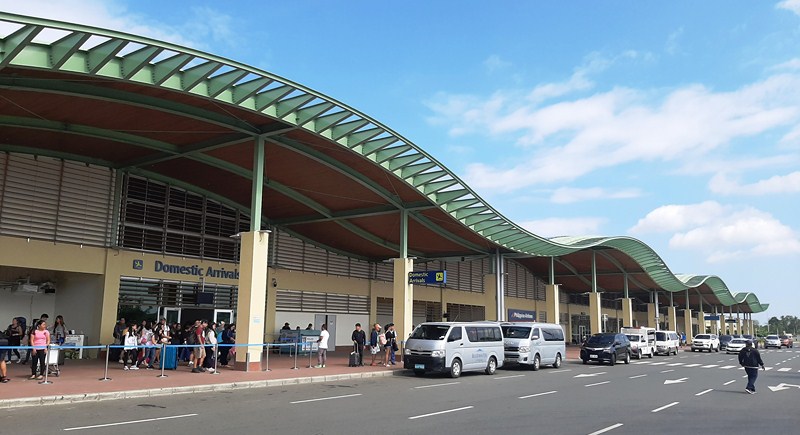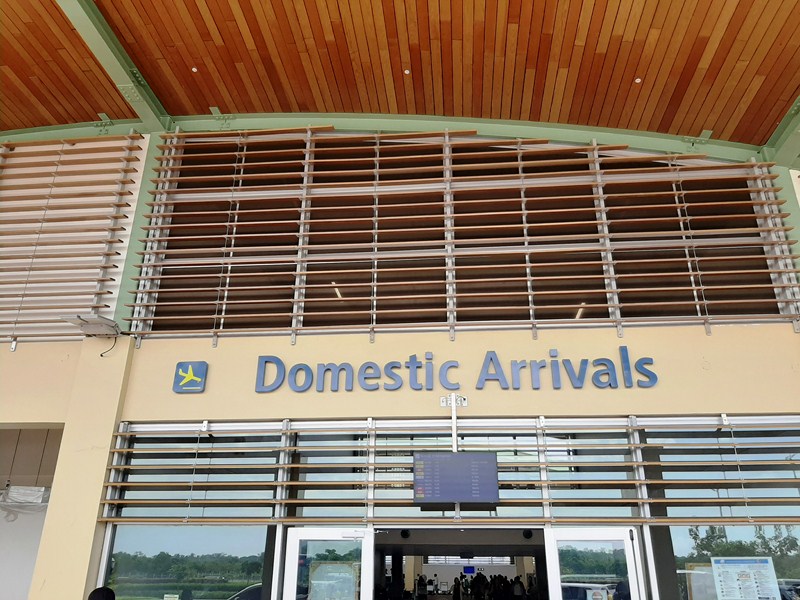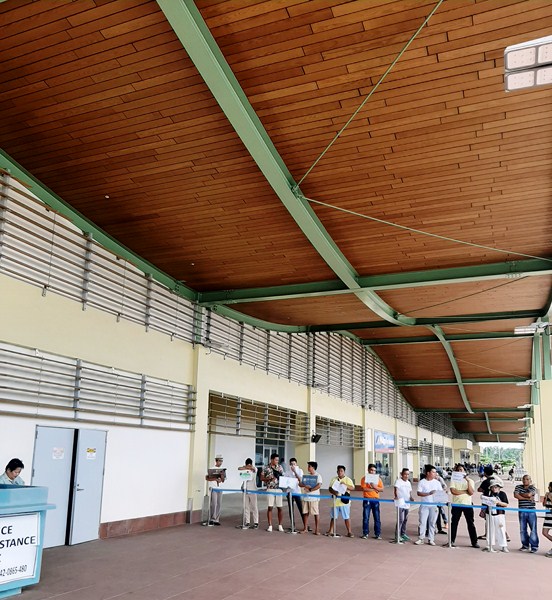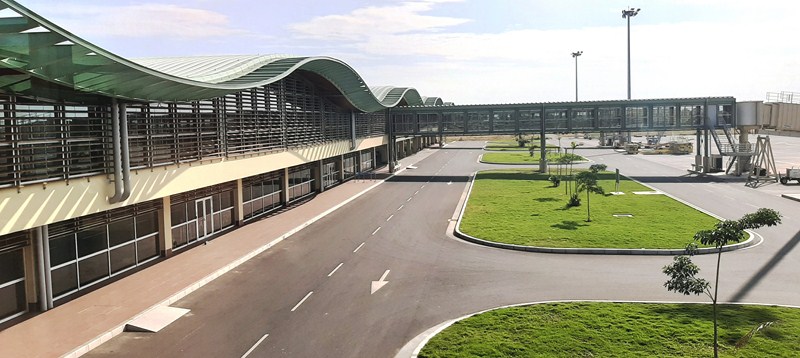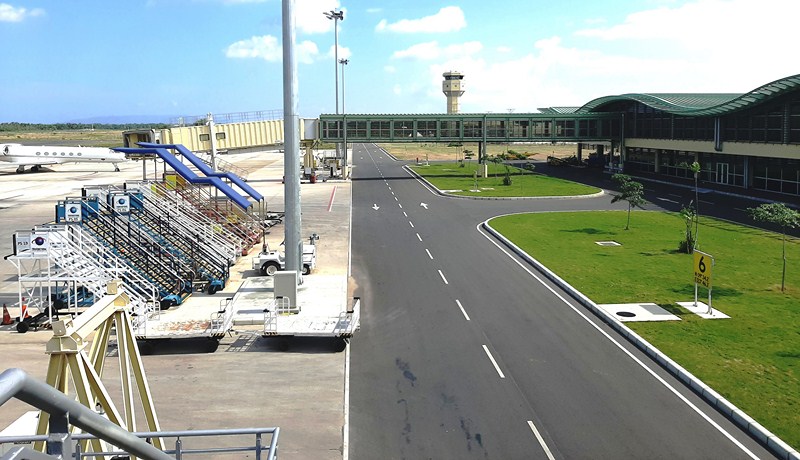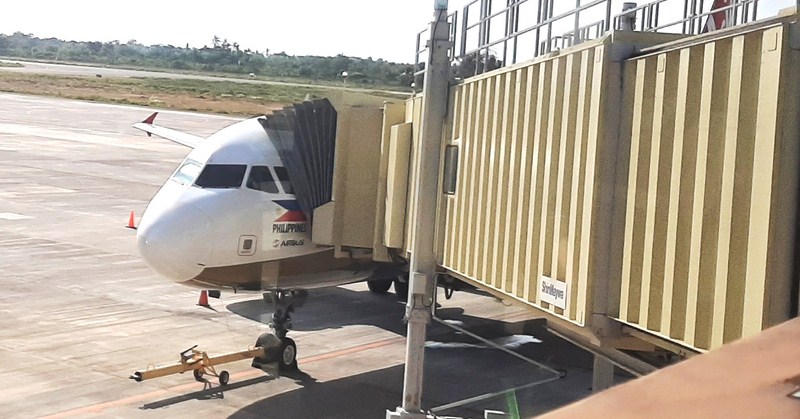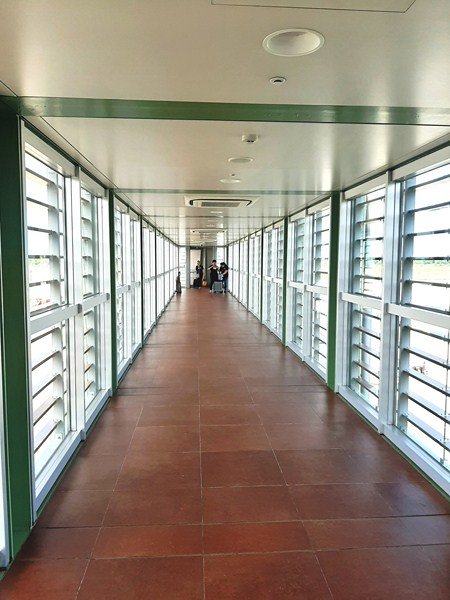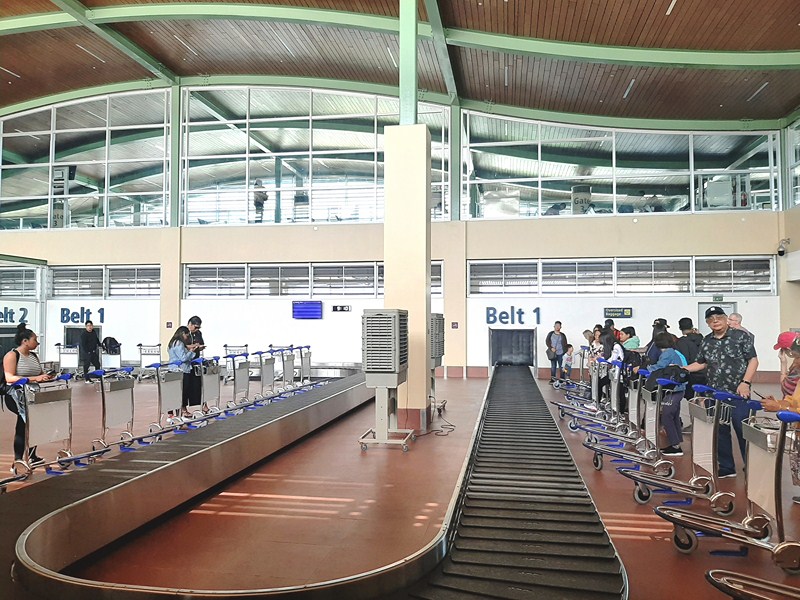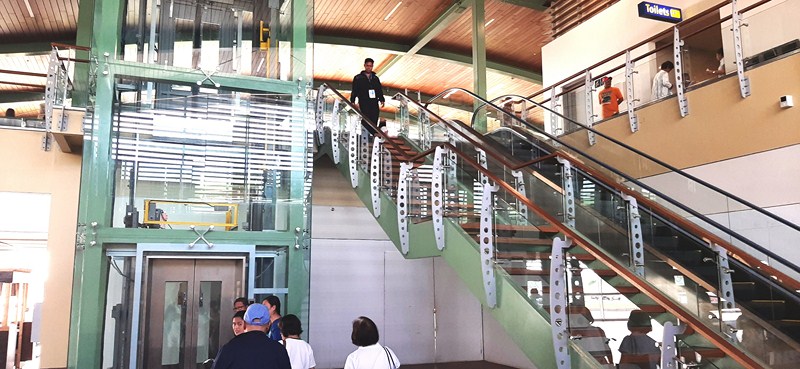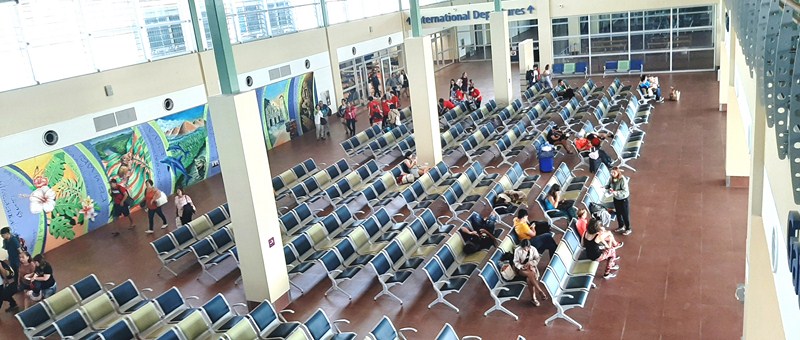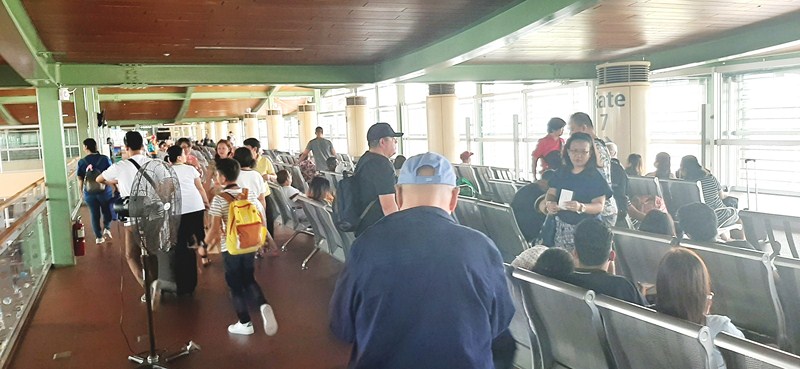The notable, Roman Catholic Church of St. Matthias (Spanish: Iglesia Parroquial de San Matías), within the jurisdiction of the Roman Catholic Diocese of Ilagan, is the best-preserved church complex in Isabela. Known for its brick, Baroque-style architecture, it is considered to be the best and most artistic brick structure in the country.
Tumauini became a separate parish independent from Cabagan in 1751. Dedicated to Saint Matthias, it was first built in nipa and other light materials by Dominican Fr. Francisco Nunez in 1707.
In 1733, it was rebuilt by Dominican Fr. Domingo Forto who hired artisans from as far south as Pampanga. It was continued in 1788 by Fr. Antonio Herrera and was completed in 1805.
During the Second World War, the church was damaged by American bombing but a faithful reconstruction program followed, with undamaged parts of the church building retained.
On February 24, 1989, it was made a National Historical Landmark by the National Historical Commission of the Philippines. The church is now listed by the National Museum of the Philippines as a National Cultural Treasure.
Since 2006, together with the churches of Patrocinio de María in Boljoon, Cebu; La Inmaculada Concepción in Guiuan, Samar; San Pedro Ápostol in Loboc, Bohol and San Isidro Labrador in Lazi, Siquijor, the Tumauini Church has been considered for the UNESCO World Heritage Tentative List under the collective group of Baroque Churches of the Philippines (Extension).
This foremost example of ecclesiastical ultra-Baroque architecture in the country is unique for its extensive use of different types of baked red clay brick both for its delicate wall finishing and ornamentation.
Since stones of good quality couldn’t be found in the area, bricks were used instead and artisans from Pampanga were hired to craft the wooden moldings for the clay inset of the bricks for the façade. Each brick was numbered in the design.
Its architecture bears Chinese influence. The façade, flanked by two pseudo-Corinthian columns and niches (one located above the entrance and the two remaining larger niches on each side of the columns), has a circular pediment that is unique relative to all other churches built during the Spanish Era.
The church’s ornately designed clay bricks were individually designed, prepared, fired, customized to fit the wall, and numbered and dated for the correct sequence respectively for construction purposes.
They come to life in concentric circles with spiral curves on the finials crowning the wavy silhouette of the facade whose centerpiece is a rose window on the circular pediment which is flanked by pinnacled steps terminating into a coil.
Serpentine reliefs and many finely molded details: flowers, foliage, wheels, ovules, hearts, sunbursts, squares and circles, oblongs and rectangles, curlicues; three long garlands, vegetal forms, clam shells, also adorn the facade.
Statued niches of saints (one headless) also flank the semicircular, richly-molded arched doorway.
There are also eight pilasters; six mini reliefs of saints and cherubim (one cherub defaced). At the end walls is a rather unusual “3” molding.
The adjoining unique, four-storey, unique cylindrical bell tower, built in 1805, is the only known Spanish colonial era cylindrical tower in the country.
The tiered belfry notably resembles a wedding cake. Its bell has bullet holes but was never recast.
Its interior has no retablo (altar backpiece), just a simple altar under an ornate, white dome and the Crucified Lord against the brick wall.
Also inside are 24 symmetrically arranged, Neo-Corinthian faux columns and ten arched windows with white-green-yellow stained-glass panes adorned with yellow and blue clam shells and red crosses.
The ruins of the church’s convento (clergy house), located on the gospel side of the church, has a vaulted ceiling that still has impressions of the mats used in construction as forms to mold wet plaster.
The front garden has a low, undulating brick wall.
Church of St. Matthias: National Highway, Brgy. Annafunan, Tumauini 3325, Isabela. Mobile number: (0927) 791-5490. Feast of St. Mathias: May 14.
Isabela Provincial Tourism Office: Provincial Capitol Complex, City of Ilagan, Isabela. Tel: (078) 323-3146. Mobile number: (0917) 317-3820. E-mail: isabelatourismoffice@gmail.com.
Isabela Provincial Information Office: Provincial Capitol Complex, City of Ilagan, Isabela. Tel: (078) 323-0248. Mobile number: (0927) 395-7555. E-mail: letters_info@yahoo.com.
How to Get There: Tumauini is located 451.1 kms. (a 9-hour drive) from Manila and 38.6 kms. (a 1-hour drive) northwest of Ilagan City.


